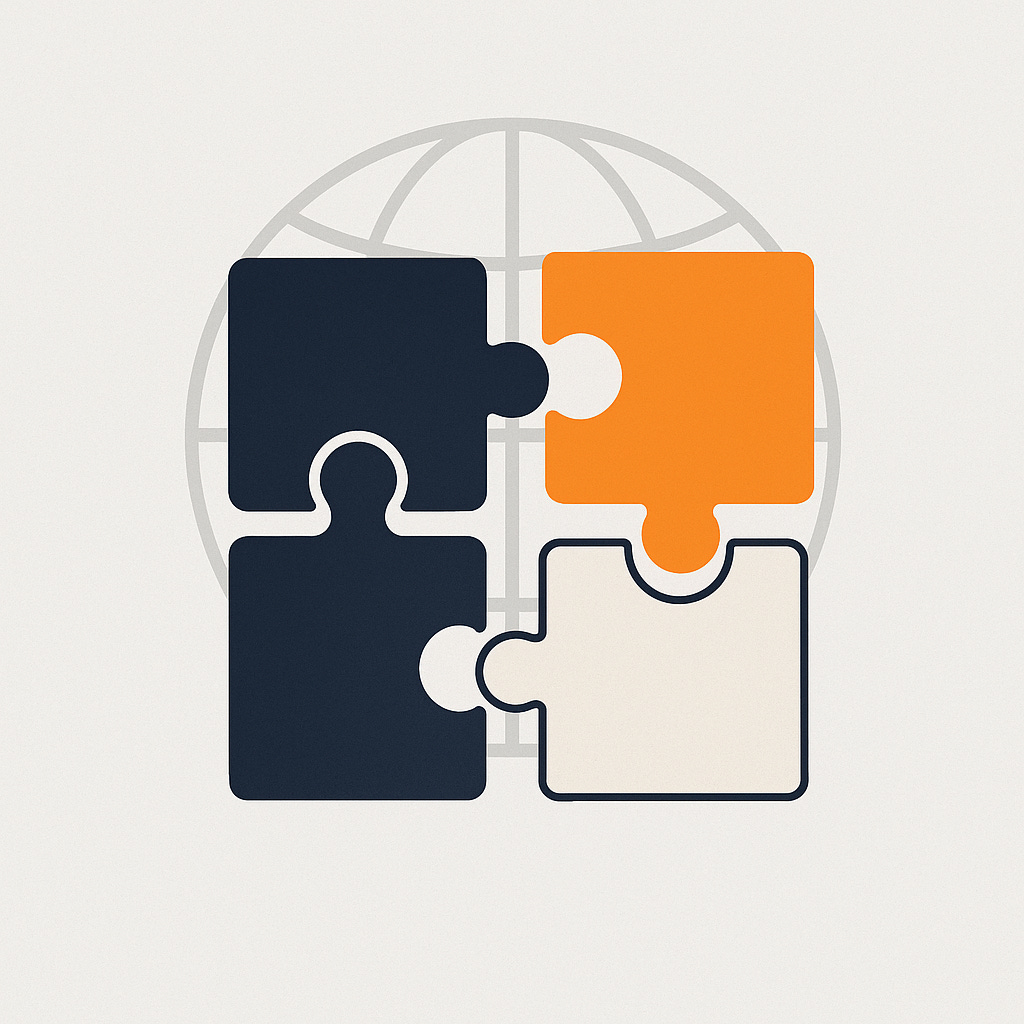The Hidden Challenges of Driving Global Standards in Technology Teams
A leadership perspective on culture, governance, and the journey from standards to adoption.
Driving global standards sounds straightforward: define the best tools, publish the templates, and teams will follow. The reality is far more complex. In this piece, I share what I learned about culture, governance, and why trust matters more than technical superiority when building global technology competencies.
When I was asked to take on a global leadership role, my first reaction was hesitation. Up to that point, most of my work with non-functional engineering had been from an architect’s perspective: ensuring systems were scalable, resilient, and compliant. Taking responsibility for shaping a global competency center that spanned four regions felt like a leap into the unknown.
But that is the beauty of opportunities — they rarely arrive when you feel perfectly ready. I am grateful that I was trusted with this responsibility, because the experience gave me insights into how organizations really function that I might never have gained otherwise.
More Than Just Tools
When people think of standards, they often think only of tooling. In practice, the scope was far wider. We had to consider reporting frameworks, clarify the boundaries of responsibilities between project and product teams, and even define templates for annual goals.
It quickly became clear that this wasn’t something I could do alone. I leaned heavily on subject matter experts and experienced colleagues who volunteered their time and knowledge. Their input was invaluable, and the collaboration reminded me that building standards is as much about community as it is about process.
Influence Over Enforcement
One of the most interesting challenges was the diversity of regional practices. Each region already had solutions that worked for them, often tailored to local needs. Without a formal mandate to enforce a single global standard, we had to take a different path: influence over enforcement.
That meant organizing voluntary learning sessions, offering practical support to teams who wanted to adopt but lacked the know-how, and above all, positioning the competency center as a partner rather than an authority. Progress was slow at times, but small wins began to accumulate.
Small Wins, Big Impact
Those small wins didn’t come from forcing compliance, but from creating visibility. Over time, the competency center became recognized as a one-stop shop for expert advice, shared knowledge, and best practices. That visibility was our biggest achievement. It gave teams a trusted place to turn to and gradually built confidence in the value of global alignment.
What I Learned
The biggest lesson I took away is that organizational buy-in matters more than technical superiority. Even the best designed standards won’t stick without governance and executive sponsorship. If I were to set up a global competency center again, I would ensure that both are in place from day one.
I am thankful to have had the chance to play this role, because it reminded me that technical excellence is only one side of the equation. The other side, perhaps the harder one, is alignment, culture, and trust. That’s what turns standards into adoption and good ideas into lasting practice.
I’d love to hear your perspective: what challenges have you faced when trying to roll out standards across regions or teams? If you’ve been part of a global change effort, whether in architecture or beyond, share your story, the hidden challenges are often where the best lessons live.


